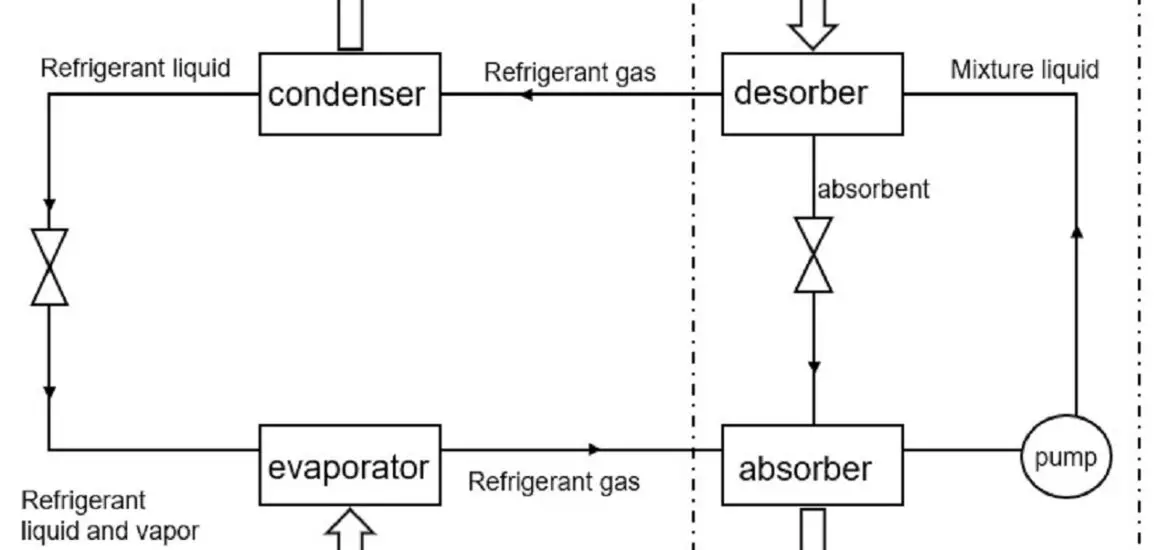Why is subcooling desirable, you ask? As a homeowner, you may not be an expert in HVAC systems, but understanding the basics can help you make smart decisions about your home’s cooling system. Let’s dive into the world of subcooling and learn why it’s so important for your home’s comfort and efficiency.

Table of Contents
The Basics of Subcooling
Refrigerant Phase Change
Ever wonder how your AC keeps your home cool? It’s all about the refrigerant, which changes from liquid to gas and back again. The expansion device plays a key role in this process, letting the refrigerant do its cooling magic.
Subcooling Explained
Subcooling is when the refrigerant is cooled below its saturation point. In other words, it’s extra chilly! The degree of subcooling measures how much cooler the refrigerant is than needed. And, of course, we can measure subcooling to keep things in check.
Why Subcooling Matters
So, why do we care about subcooling? For starters, it reduces flash gas, which can mess up your AC’s performance. Plus, subcooling boosts your system’s efficiency and capacity. Who doesn’t want a more efficient and powerful AC?
Benefits of Subcooling
Enhanced System Performance
Subcooling helps your AC system work like a champ! It maximizes cooling capacity, reduces the workload on the compressor, and extends the life of your equipment. Sounds like a win-win-win, right?
Decreased Energy Consumption
With subcooling, your AC can be an energy-saving superstar. A more efficient system means lower energy bills for you. Now that’s something to celebrate!
Improved Temperature Control
Subcooling also keeps your home’s temperature more consistent. No more hot and cold spots or temperature fluctuations—just cool, comfy living.
Reduced Risk of Flash Gas Formation
Flash gas is bad news for your AC system. It can hurt performance and waste energy. But with subcooling, you can say goodbye to flash gas and hello to a more efficient, effective cooling system.
Methods of Subcooling
Mechanical Subcooling
There are a few ways to achieve subcooling, like using liquid-suction heat exchangers. They come with their own set of pros and cons, but they’re one option for getting your refrigerant extra cool.
External Subcooling
Air-cooled and water-cooled condensers are another way to subcool refrigerant. Both have their advantages and disadvantages, so it’s important to choose the right one for your home and climate.
Integrated Subcooling
Some cooling systems have built-in subcooling features. They’re designed for specific applications, and they offer their own set of benefits and drawbacks.
Subcooling Challenges and Considerations
System Design Considerations
When it comes to subcooling, there’s a lot to think about. You need
to balance subcooling with superheating, choose the right refrigerant, and size your equipment properly. It can be a bit tricky, but getting it right makes a huge difference in your home’s comfort and efficiency.
Maintenance and Monitoring
Keeping an eye on your cooling system is essential for optimal subcooling. Regular checks and maintenance by trained technicians can help prevent issues and keep your AC running smoothly. Trust us, it’s worth the effort!
Conclusion
So there you have it! Subcooling is a key factor in keeping your home cool and comfortable while boosting your system’s performance, efficiency, and lifespan. With the right system design, maintenance, and monitoring, you can enjoy the many benefits of subcooling and keep your home’s climate just right. Stay cool, friends!